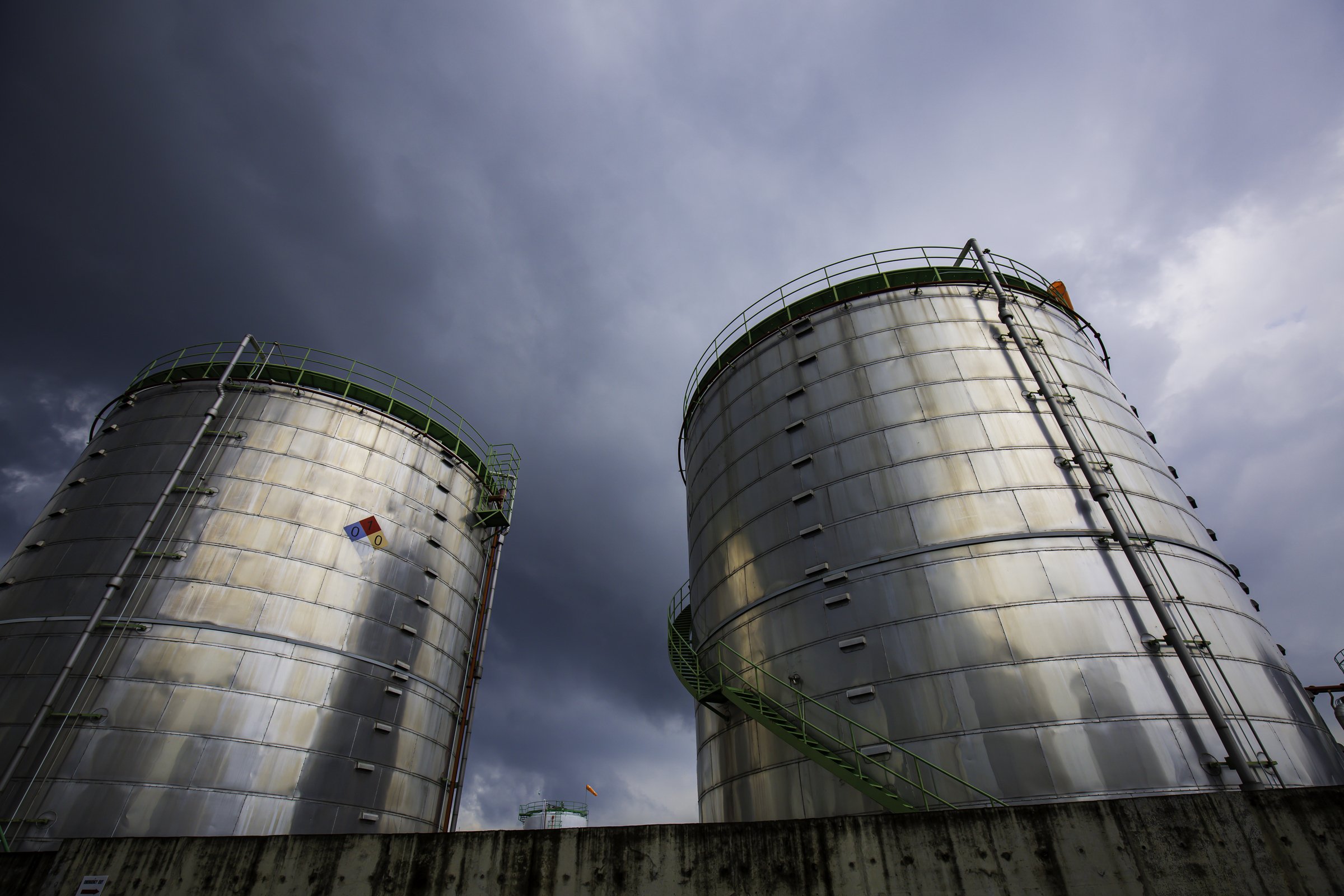CHEMICALS & HAZARDOUS MATERIALS
This industry deals with the production, handling, and transportation of various chemicals & hazardous materials.
Baltic Control® Services provides comprehensive inspection, testing, and certification services to ensure the safe and compliant handling of these substances. Services include pre-shipment inspection, quality and quantity surveys, sampling and analysis, tank cleanliness inspection, compliance with industry standards, hazardous waste management certification, gas testing, toxicity testing, occupational health and safety certification, and REACH compliance verification.
CHEMICALS & HAZARDOUS MATERIALS
Our Services
-
Ensuring the quality and quantity of chemicals and hazardous materials before shipment.
-
Conducting comprehensive surveys to assess the quality and quantity of chemicals and hazardous materials.
-
Collecting samples and performing analysis to determine the composition and properties of chemicals and hazardous materials.
-
Inspecting tanks to ensure cleanliness and prevent contamination during transportation.
-
Testing gases, such as LPG, to ensure safety and compliance with specifications.
-
Assessing the toxicity levels of chemicals and hazardous materials to ensure safe handling and transportation.
-
Certifying compliance with occupational health and safety standards, such as ISO 45001.
-
Verifying compliance with industry-specific standards for chemicals and hazardous materials.
Please note that this is not an exhaustive list of our services. We are dedicated to meeting the unique needs of our clients in the Chemicals & Hazardous Materials industry. Contact us for more information or to discuss how we can assist you in achieving your Chemicals & Hazardous Materials goals.

INDUSTRY INSIGHT
The main products that fall under CHEMICALS & HAZARDOUS MATERIALS can be categorized into several groups:
-
Industrial Chemicals
These include various chemicals used in manufacturing processes, such as solvents, acids, bases, and reactive chemicals. They can be found in industries like pharmaceuticals, petrochemicals, plastics, and textiles.
-
Pesticides and Herbicides
These are chemicals used in agriculture to control pests, insects, weeds, and diseases that can harm crops. Pesticides and herbicides can have toxic effects on humans, animals, and the environment if not used properly.
-
Hazardous Waste
This refers to any waste material that poses a substantial or potential threat to human health or the environment. It can include chemicals, contaminated materials, expired or unused pharmaceuticals, and other hazardous substances.
-
Flammable Liquids
These are liquids that have a flashpoint below 100 degrees Fahrenheit (37.8 degrees Celsius) and can ignite easily. Examples include gasoline, alcohol, certain solvents, and some cleaning products.
-
Toxic Substances
These are substances that can cause harm or death to living organisms through ingestion, inhalation, or absorption. Examples include lead, mercury, asbestos, certain cleaning agents, and certain industrial chemicals.
-
Explosives
These are substances or mixtures that can rapidly release energy, usually in the form of an explosion. Examples include fireworks, dynamite, certain chemicals used in mining or construction, and certain gases.
-
Radioactive Materials
These are substances that emit ionizing radiation, such as uranium, plutonium, and certain medical isotopes. They can pose risks to human health and require special handling and disposal procedures.
-
It's important to note that proper handling, storage, transportation, and disposal of chemicals and hazardous materials are critical to minimize risks and ensure safety. Regulations and guidelines are in place to govern the management of these substances to protect human health and the environment.

